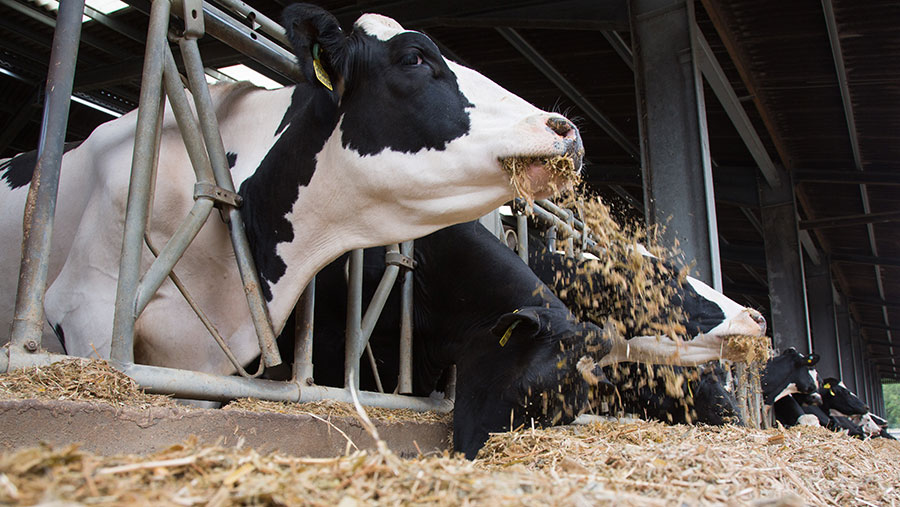New bovine TB incidents in England fall again
 © Tim Scrivener
© Tim Scrivener The number of bovine TB incidents among herds in England has fallen to their lowest levels since 2007, according to the latest official government data (PDF).
The NFU described the results as “encouraging news” and further evidence that the government’s TB eradication policy was beginning to have an effect.
In 2019, the total number of new TB herd incidents was 3,289 – the second consecutive year that incidents had fallen, and a significant drop from the 3,600-4,000 incidents recorded each year from 2010 to 2018.
See also: Q&A: Defra chief vet outlines latest bovine TB strategy
In the edge area, the number of new herd incidents also fell in 2019 compared with 2018, from 717 to 640 – the first time a drop has been recorded in four years.
Most new incidents in 2019 occurred in the high-risk area (HRA) (76%), with 19.5% in the edge area and 4.5% in the low-risk area (LRA).
Four key factors increase the risk of a herd registering a new TB incident – having more than 300 cattle, being located in the HRA, being a dairy herd and having experienced a TB incident in the past three years.
“More than half of herds with new TB incidents in the HRA had suffered another TB incident in the previous three years, confirming that recurrent infection remains an important driver of the epidemic in this risk area,” the report states.
Cattle-to-cattle transmission
Opponents of badger culling have emphasised this latter point on social media, suggesting that it demonstrates that TB infection within the herd, from cattle to cattle, is the main source of outbreaks.
However, subjective assessment by vets attributed 58.6% of TB incidents that started in 2019 in the HRA to badgers, while cattle movements accounted for 10.9%.
In the edge area, badgers (48%) followed by cattle movements (21%) were identified as posing a risk of introduction.
In the LRA, the contribution of badgers was said to be much lower at 10%, with incidents most strongly attributed to cattle movements (38%).
Meanwhile, in the 12 months to the end of June 2020, herd prevalence – the percentage of all registered herds that were not officially TB-free due to a TB incident – decreased year on year from 5.7% to 4.9% in England.
NFU reaction
Commenting on the report, NFU deputy president Stuart Roberts said: “It is critical that we continue with all the measures involved in this strategy, from wildlife control to enhanced biosecurity, to ensure that we continue to see the number of TB incidents decrease in the years to come.”
But he added: “While this is positive news, we must remember that bovine TB continues to devastate farming families up and down the country, causing huge strain for farmers.
“We must continue with this effective strategy to continue to deliver these reductions and reach what we all want to achieve, a TB-free England.”
